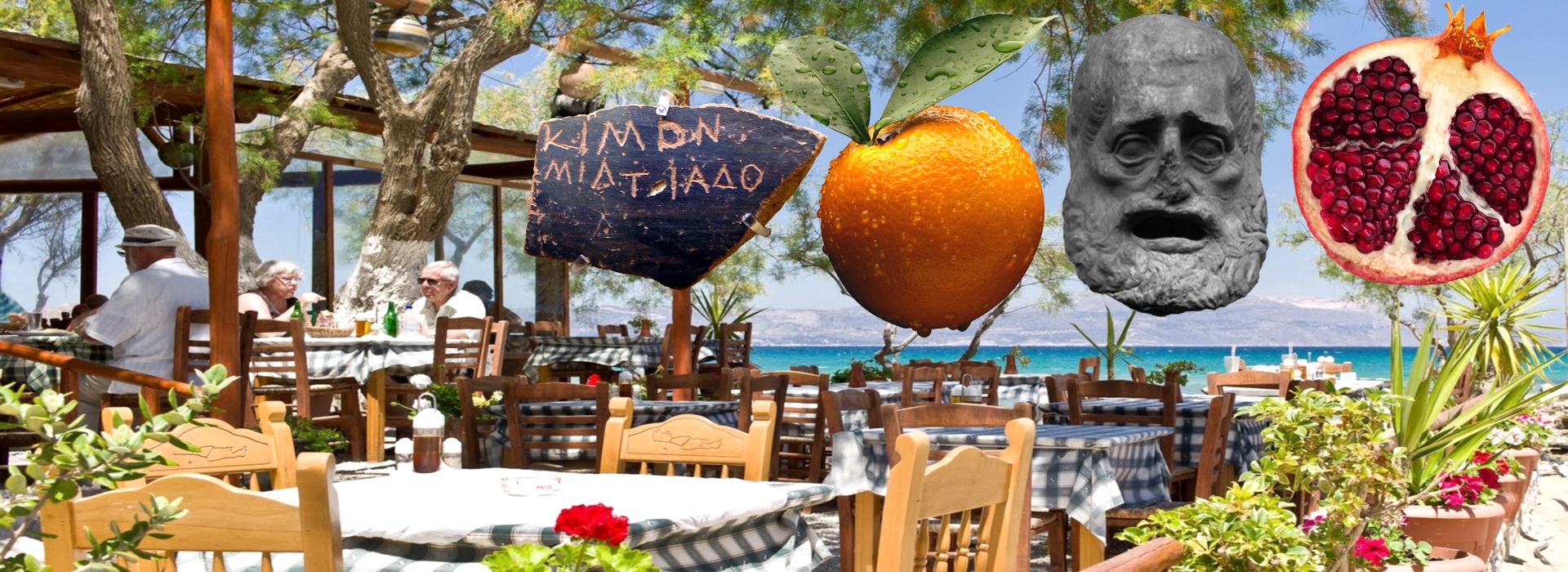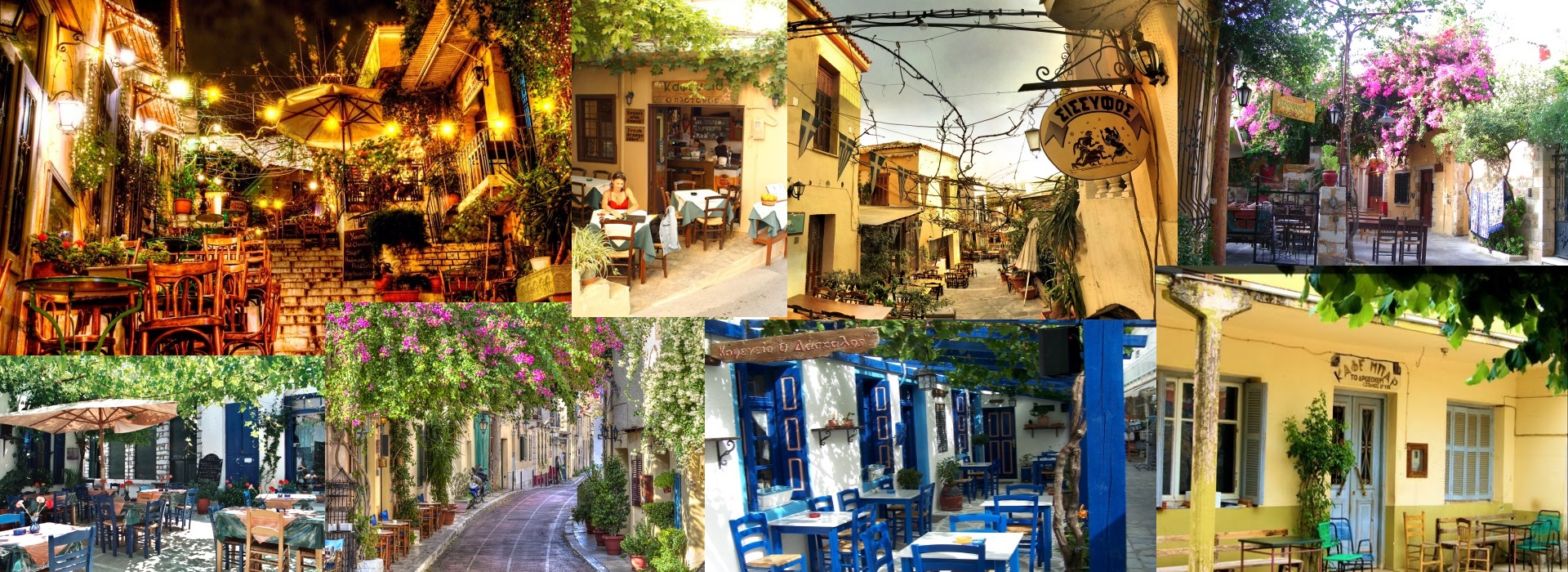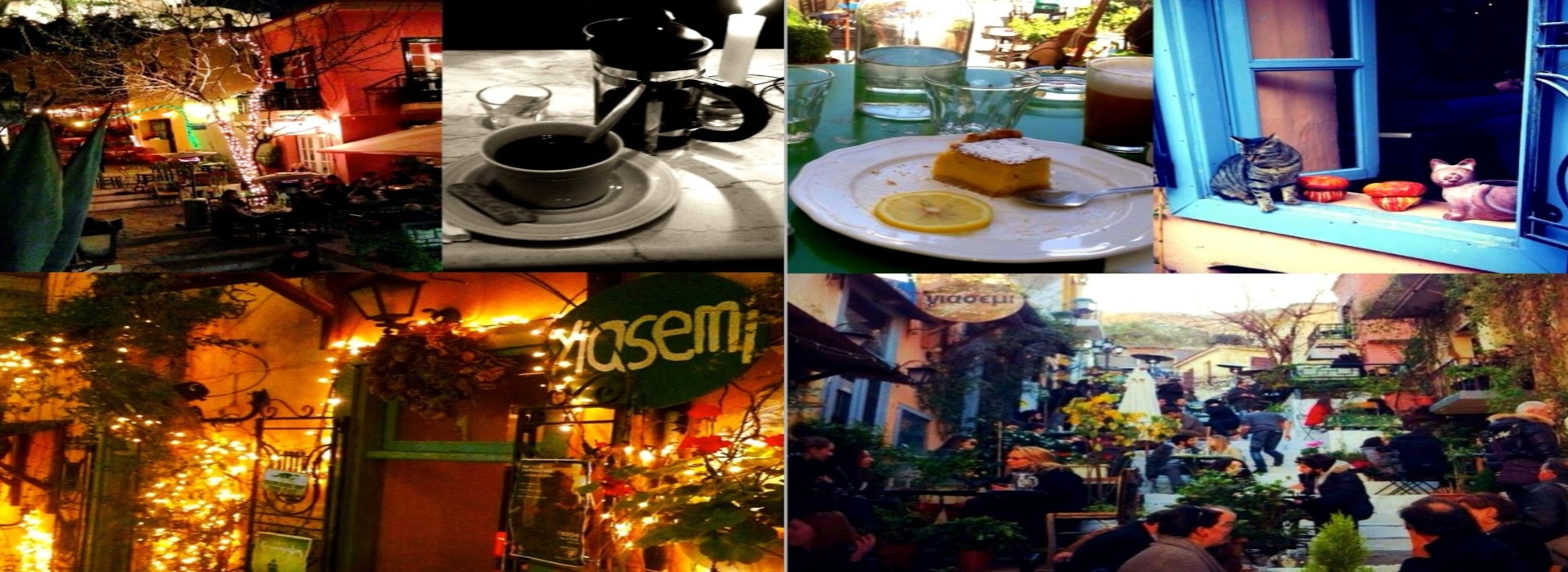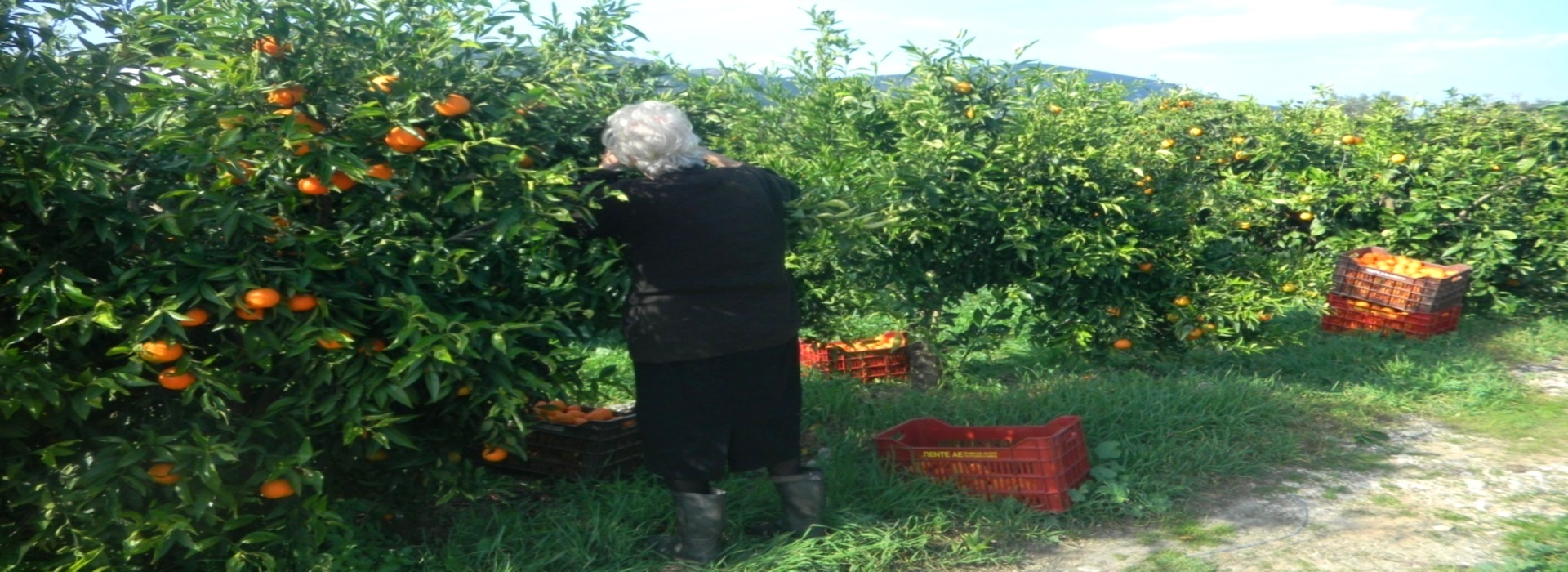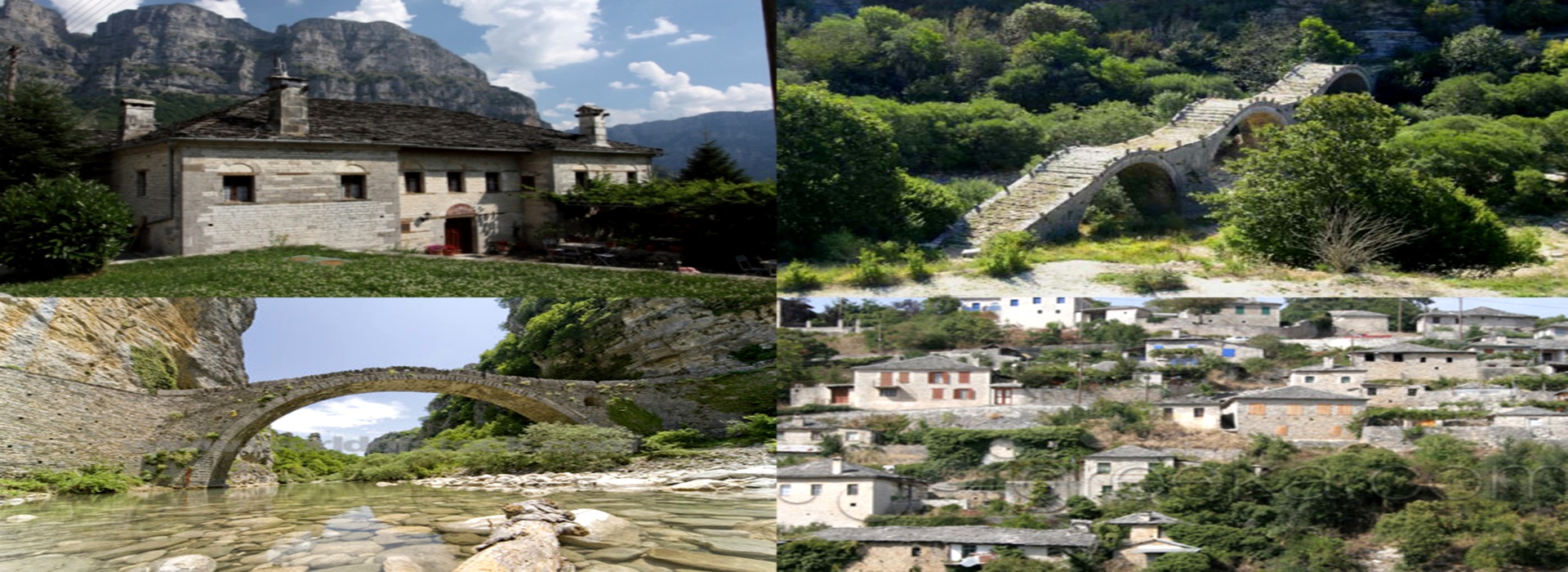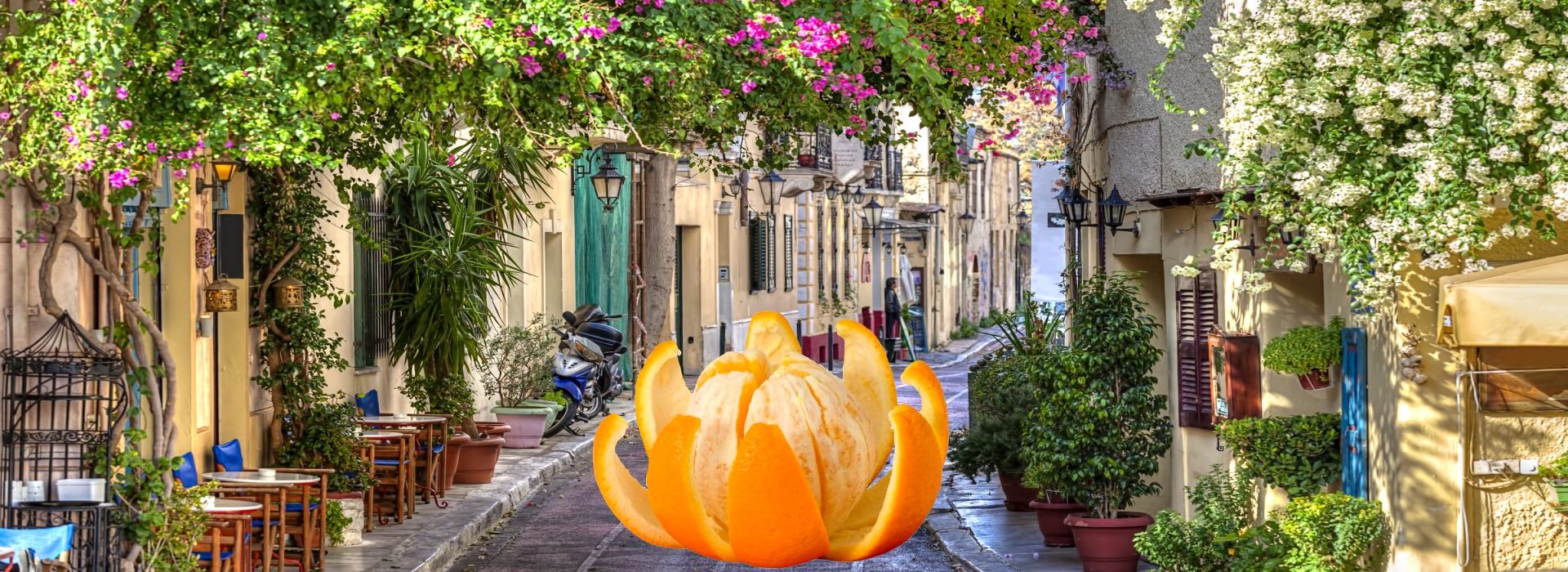Tradition
Citrus products grown in Greece for thousands of years. In the village of Kalivia, people have been cultivating Citrus products for more than 300 years.
They mostly grow oranges (Citrus sinensis), lemons (Citrus limon), mandarins (Citrus nobilis or Citrus deliciosa), sour oranges (Citrus aurantium) and citrons (Citrusmedica). Other citrus trees are the kumquats (Citrus margarita or Fortunella margarita, grown mainly in Corfu), the maroumi kumquat (Citrus japonica or Fortunella japonica), the tangkelo, the pommel (Citrus decumana), the grapefruit (Citrus paradisii) and bergamot (Citrus bergamia).
Since the 30s, systematic citrus tree planting has occurred. Today, there are estimated to be more than 10,000 acres planted with citrus trees. The total annual production is estimated to more than 2,000 thousand metric tons.
Citrus trees are also called Hesperidoidi and their kind includes 11 species. Received this name from the Hesperides, nymphs of ancient Greek mythology, daughters of Night and Ocean guarded with a 100-headed serpent named Ladon, the Golden Apples, which Gaia (Earth) offered as a wedding gift to Goddess Hera.
Hercules took these Golden Apples after he managed to kill Ladon, which then gave to Erysthea who offered these to Goddess Athena. Citrus fruits are edible plants belonging to the family of routidon took this name from the annual plant, height 80 cm, the Ruta (rue) used in the pharmaceutical and to flavored raki, and from this comes a very strong perfume (or Ruta heavy-smell). The generic name originated in Latin, where it specifically referred to the plant now known as Citron (C. medica). It was derived from the ancient Greek word for cedar, κέδρος (kédros). Some believe this was because Hellenistic Jews used the fruits of C. medica during Sukkot (Feast of the Tabernacles) in place of a cedar cone, while others state it was due to similarities in the smell of citrus leaves and fruit with that of cedar. Collectively, Citrus fruits and plants are also known by the Romance loanword agrumes (literally “sour fruits”).
They thrive in mild climates between the 30th and the 40th latitude. Citrus trees are widely spread in many areas of the Mediterranean, USA, Brazil, Japan, Argentina, South Africa, Mexico, Australia. The first wild orange resembled the sour orange tree which is a plant of the East Indies. The name comes from the Indian neroutzi that the Arabs of the 10th century kept. The orange tree is an evergreen plant with a height of 4-10 meters. The orange tree is also called the Great citron as is a plant native to China. The main varieties of oranges are Merlin, Sanguine, Navalines, and Valencia.
Orange is rich in vitamin C. Later medical scientific discoveries have shown that this vitamin helps fight many diseases such as anemia, asthma, allergies, cancer, cataracts, common cold, heart disease, cystitis, the diseases of joints, muscle diseases, diseases of the skin, disease of the modern stress, etc.
Oranges are widely used in the manufacturing of soft drinks, various liqueurs, confectionery and essential oils. They also contain an acid substance that helps treat the disease of seafarers called scurvy.

















